Be in the Know
Elevate your industry knowledge with yoga articles and insights crafted by experienced industry experts
It’s common knowledge that sleep is essential for our mental and physical wellbeing, as well as our development. Despite its importance, however, it’s also something that we often choose to forgo or sacrifice in favour of another more pressing activity.
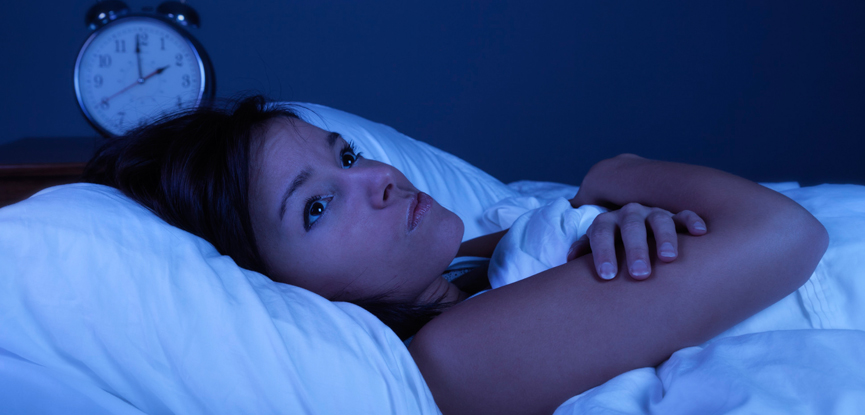
Even when we do finally do make it to bed, the stresses and strains of the day are never far behind. A 2013 study by The Huffington Post found that 66% of respondents didn’t get enough sleep. This, in turn, caused a notable amount of stress. Other mental issues such as depression and anxiety are also often exacerbated by a lack of sleep. These things are very cyclical and without intervention, the situation can rapidly spiral out of control.
Taking a brief step back, it’s important to understand the importance of a good night’s rest and the benefits that can be gained from regularly getting quality sleep.
The National Heart, Lung and Blood Institute cites several key reasons why sleep is so important to the body’s day to day development and general wellbeing:
Exercise is often cited as one of the most effective ways of dealing with insomnia, without resorting to medication. Specifically, yoga provides a great holistic way of improving sleep patterns while also carrying many other benefits. This ancient Indian practice is used to promote both physical and mental equilibrium, good health, peace and tranquillity. With this in mind, it’s easy to see how the following poses can greatly aid relaxation and subsequently help you get more sleep.
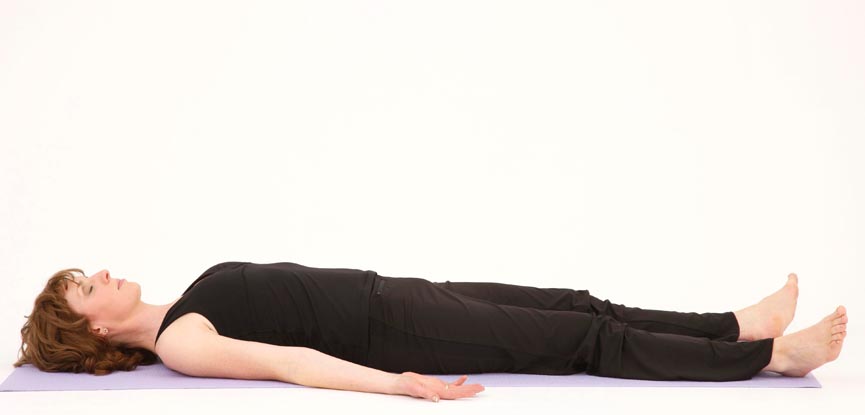
Asana type: Supine
Purpose: To the uninitiated, this pose may seem simplistic, but it is designed to promote conscious relaxation. After performing more active asanas, Corpse Pose can be used to give the body time to restore itself, and because of this, it’s great for closing a session. It can also act as a bridge to meditation – something that has also been greatly purported to aid sleep.
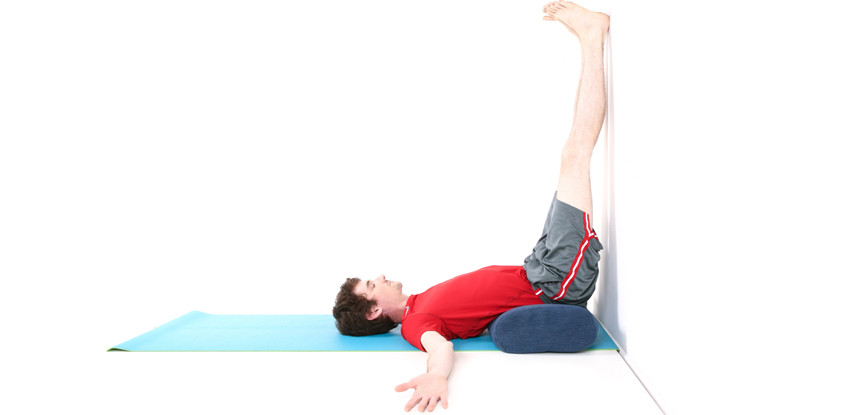
Asana type: Passive inversion
Purpose: Use Viparita Karani to increase flexibility in the hamstrings and the back of the neck. This is particularly useful for undoing any strain or tension that has built up in these areas throughout the day. This pose can also help relieve pressure on the values in the veins and has the overall benefit of calming the mind. Legs up the Wall can be modified by using a folded blanket or bolster to support the back.
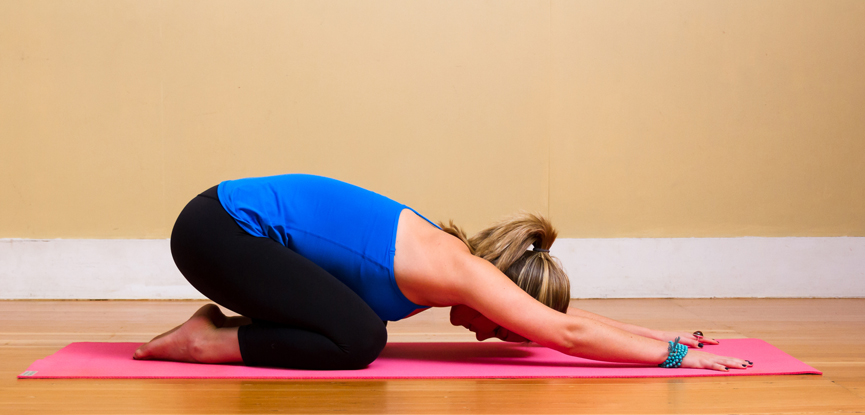
Asana type: Kneeling
Purpose: This centring pose puts you in a resting position and with eyes closed, it’s great for promoting stress relief. To begin, adopt a kneeling pose with the buttocks placed on the heels. Inhale to the lengthen the spine and as you exhale, fold forwards from the hips and rest the head of the floor. Child’s Pose can be modified in several ways if the standard asana proves too difficult or uncomfortable. For example, the forehead can be placed on a block and the knees widened if the chest is in the way.
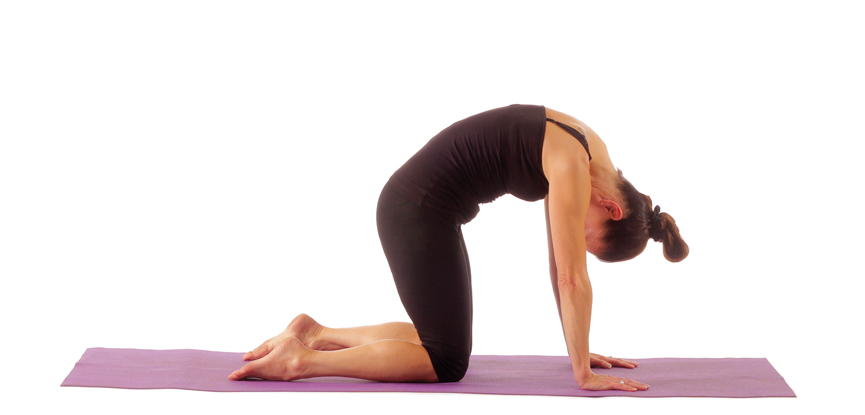
Asana type: All fours – flexion and extension
Purpose: Bidalasana is generally used as a preparation asana, but it is also great for increasing flexibility and mobility through the spine and abdominals. In addition, it can be used to release tension from the neck and shoulders. As with the Legs up the Wall, this pose can help undo all the strain that’s been building up that day. To appropriately modify, kneel on a folded blanket if the yoga mat proves too uncomfortable.
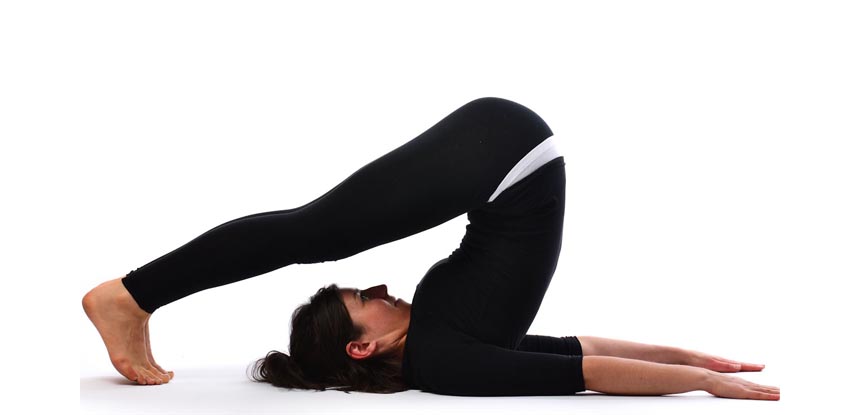
Asana type: Supine inversion
Purpose: This uplifting pose has a range of benefits including increased flexibility in the shoulders, hamstrings and spine; thyroid gland stimulation; and reduced levels of stress and fatigue. During Halasana, it’s important to keep the neck, throat, face, eyes and jaw all relaxed. Modify the pose by resting the legs on a chair.
Does yoga help you manage your stress levels and sleep better? If you’re passionate about yoga, you can start a new career and lead your own classes by completing a yoga teacher training course.
Back to articlesAnd embrace the rich and vibrant world of yoga
Great news, you're on the list...